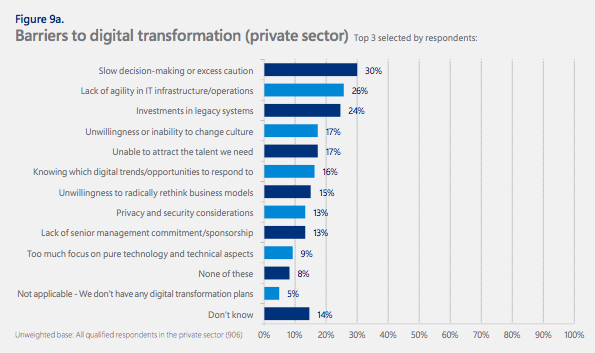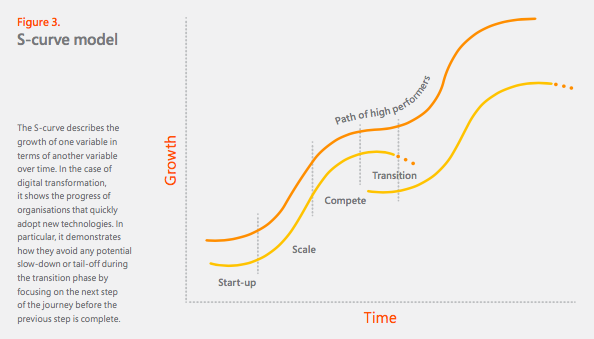22 Mar How to stop saying ‘agile’ and start working agile
It’s the new, big buzzword in business and I bet hardly a day goes by without you hearing the word ‘agile’ or the phrase ‘we need to adopt an agile way of working’. But do we all really know what this means?

In a previous article, I focused on how the key to business transformation is empowering your people, which forms part of the discussion around creating the right culture for business transformation.
Long before the idea of ‘working agile’ became popular in the corporate world, the principle of ‘agile software development’ originated in the San Fran startup culture. In fact, one of Facebook’s original mottos was, famously, to ‘Move Fast and Break Things’.
Since then, agile has spread to organisations of all sizes – from the NHS to BMW. Arguably, it now means many different things to many different people. Some companies use the word to describe flexitime or remote working policies; others to describe working in small teams with flat organisational structures.
A commitment to arrive at solutions quickly
For the purposes of this article, let’s define agile as a commitment to arrive at solutions quickly. And, having arrived at those solutions (whether they are technology or process based), to test, learn and refine them.
Sounds simple enough, doesn’t it?
But a lot of organisations, especially large corporates, struggle to put this into practice. Agile requires a fundamental shift in management. Leaders need to empower their staff to think for themselves, develop new solutions and put them into practice. In order to do this, staff have to want to change. They need to see the value in it.
It also requires trust on the part of leaders to grant teams a degree of autonomy not found in traditional top-down management hierarchies.
Why is this important? In a recent Microsoft study, it was found that slow decision-making and cautiousness was the number one factor standing between large private sector organisations and digital transformation.

Lt. Col. John Dagless from the British Army explains:
“The defence industry talks agile but very few are actually delivering incrementally according to agile principles. Quite often, we find that it’s the same people delivering change projects but with a different sticker.”
For Clare Barclay, Microsoft COO, the first step is all about “considering how you gain the emotional commitment of your people and inspire them to want to change. This starts with setting a clear vision and bringing employees along the change journey.”
So, how can leaders create an agile working culture in their organisations?
1. Think long term and set flexible goals
Consider digital transformation as an ongoing, iterative process of continual improvement. Technologies evolve, so setting out a mission for the journey doesn’t mean having an inflexible end goal.
2. Run projects in parallel
Don’t treat the different elements of digital change as linear projects that must be completed before moving on. The most successful organisations begin the next step while still in the midst of the previous one. The S-curve model shows this process in action:

3. Create feedback loops
Create a feedback loop to identify points of tension and use conflict mapping to identify all the individuals, situations and interactions where conflict is most likely. This allows you to prepare and intervene in advance.
4. Empower your staff to test and learn
Promote a growth mindset for the organisation where innovation and experimentation are encouraged and failure is not punished but seen as an opportunity to learn and improve. This has to start with the leadership teams – lead by example.
5. Be accepting of different responses to change
Accept that employees will have a mix of mindsets – some will carry old habits that will be hard to change, while others will be open to change and may want to move things along much more quickly..
If you are met with resistance during the change process, a) remember it is the mindset talking not the person; and b) be aware that mindsets can change. This will prevent frustration and help maintain a focus on solutions.
Face your fears and embrace new ways of working
Our vision is to empower every person and every organisation to embrace digital transformation and new ways of working. That means facing your own fears, and your employee’s fears, to enable your business to achieve more.
Discover more about Agile Working, the opportunities, challenges and how to implement an effective strategy.
Read ‘Your Guide to Agile and Remote Working’.



